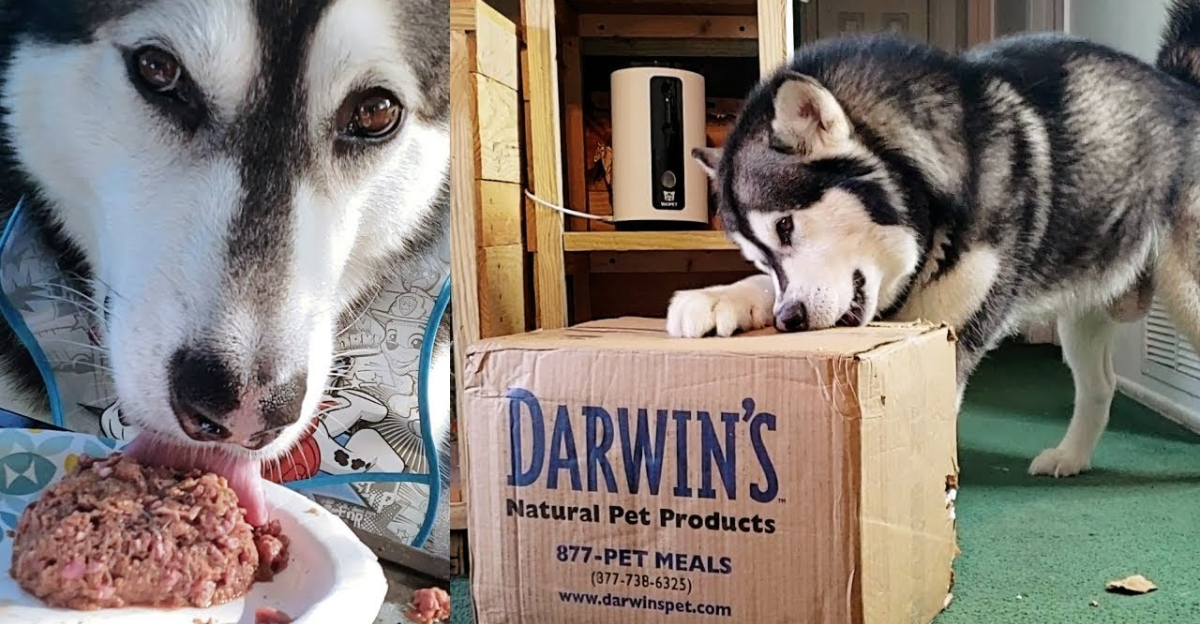
We count on pet food to keep our furry pals healthy and full of life. So what happens when the food we trust turns out to be a potential threat? That’s the alarming reality pet owners are now facing after government tests flagged a major pet food brand for dangerous bacteria in some of its products. The company denies misconduct, but questions persist. How safe is our pet food, really? Who’s looking out for the animals? And what should pet parents know moving forward? Here’s how it all started, and why it feels personal for anyone who cares about their pets.
How the FDA Uncovered a Hidden Threat in Pet Food

The FDA made a disturbing discovery during May and June: certain frozen dog food samples tested positive for harmful bacteria, including E. coli O157:H7 and Salmonella. These weren’t random results, as the samples came from a family’s freezer linked to a 2024 issue that left a 4-year-old child and their dog seriously ill. The investigation began after complaints of infection and was supported by testing from an FDA-accredited private lab. What started as a routine search quickly escalated into a broader safety concern, raising new questions about what’s really in our pets’ food and how these lurking threats can end up in our homes.
The Company’s Alarming Response: No Recall
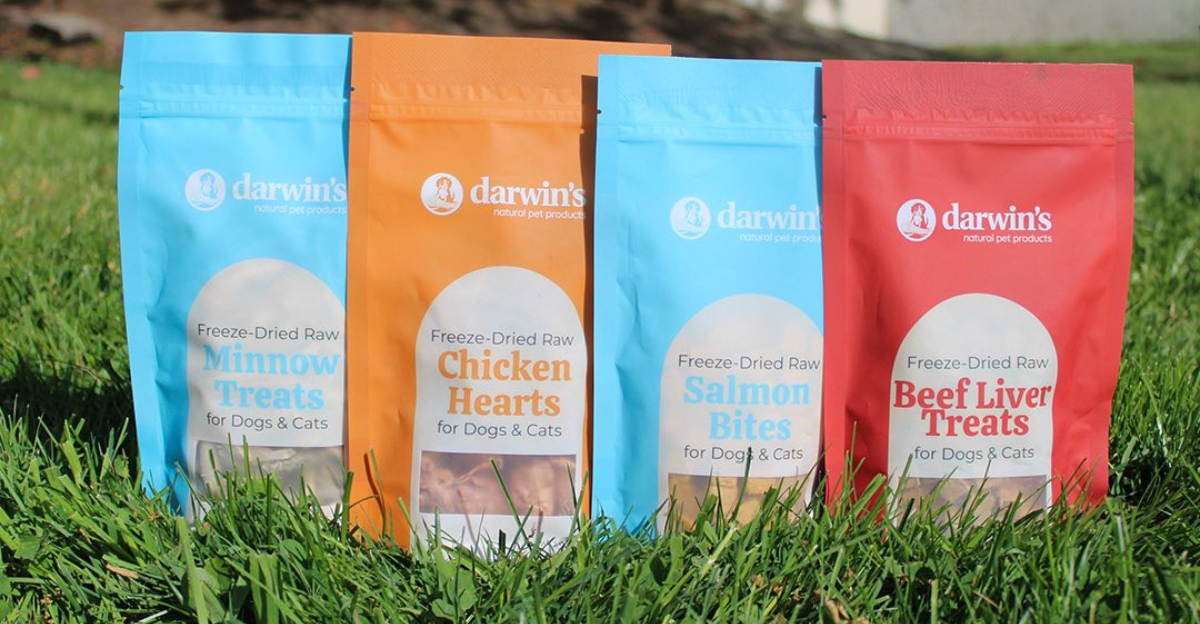
Despite the FDA’s insistence on a recall of the contaminated dog food, the company remained silent. The affected items, produced in May and June 2024, lack expiration dates, meaning they could still be sitting in freezers, posing a growing threat. What’s more concerning is that this isn’t the first instance, as the same company has declined to recall contaminated pet food at least four other times since 2022. Their refusal to issue recalls has left many consumers questioning the brand’s priorities. How far is too far when safety is at stake?
A Repeat Offender: History of Ignoring Safety Warnings
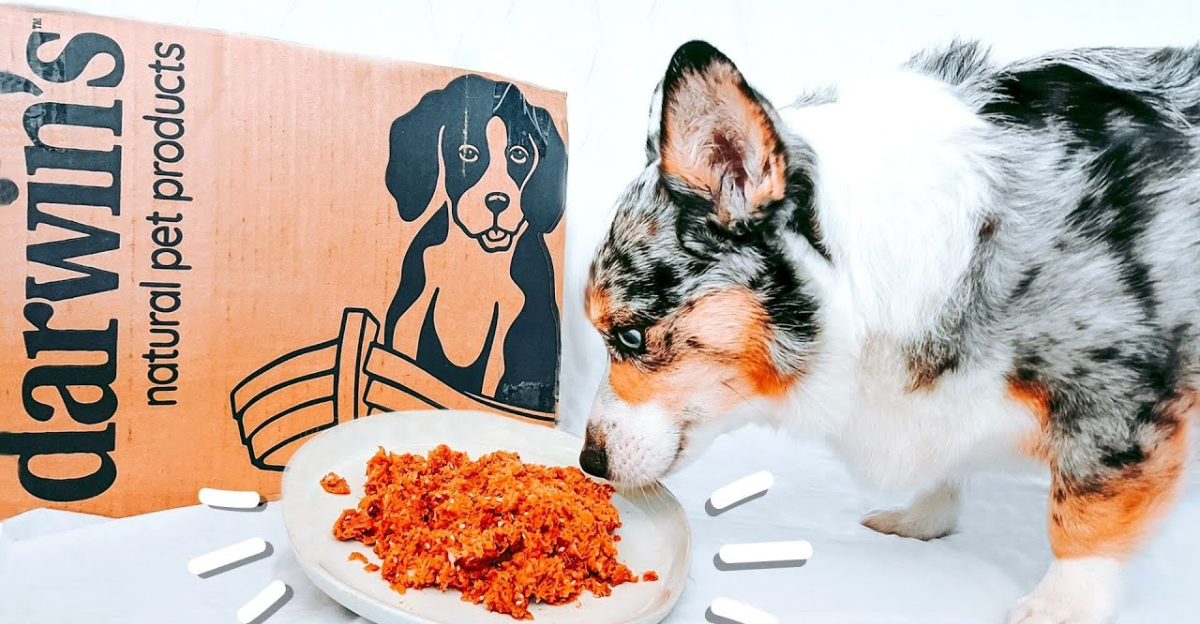
The company involved, Darwin’s Natural Pet Products, has received multiple warnings from the FDA, but instead of addressing their mistakes and improving, the company appears to be in denial, compounding issues with contamination, unsanitary conditions, and unapproved ingredients since 2022. Despite detecting various bacteria in packages, Darwin’s ignored official recall requests and instead sent quiet customer emails, claiming only “trace” bacteria. In one case, a 4-year-old was diagnosed with E. coli after their dog got sick from Darwin’s beef formula, with genetic tests confirming the match. The company’s persistent denial now creates risks beyond the bowl, exacerbated by their lack of accountability.
A Child Hospitalized After Likely Exposure at Home
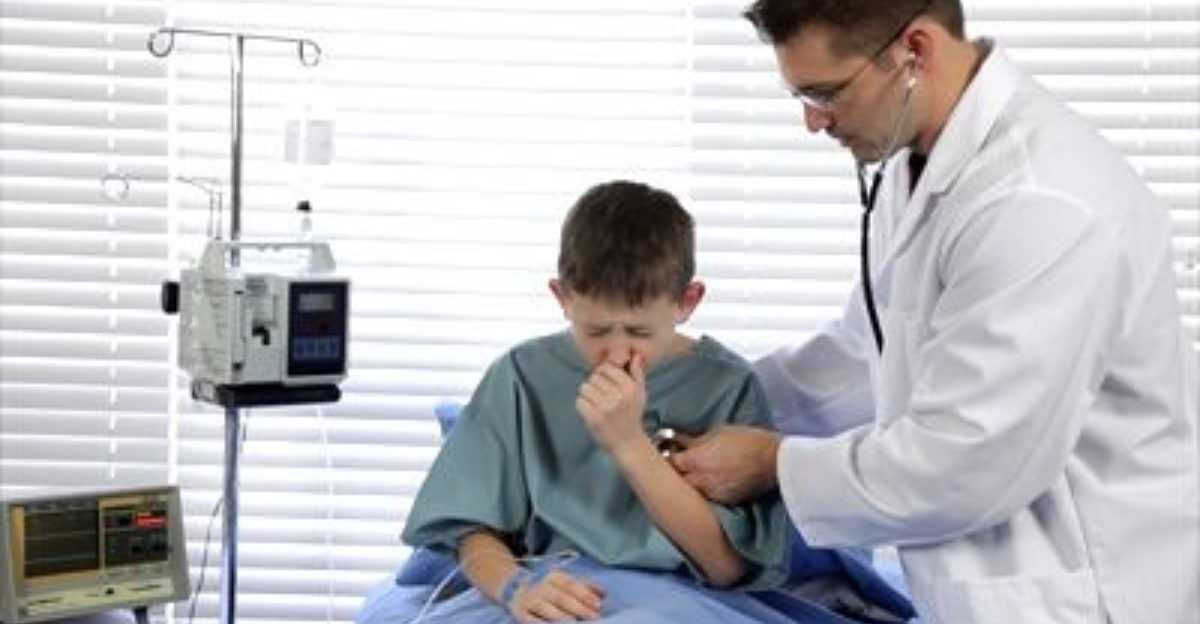
A routine day turned into a nightmare for one family when their 4-year-old was rushed to the hospital with kidney failure caused by E. coli O157:H7 in August 2024. The child never touched the contaminated pet food, but their dog had, which led to the illness. Lab tests later confirmed the same bacterial strain in both the child and the food. The diagnosis? A severe condition that attacks the blood and kidneys. It’s not just a medical term—it’s a wake-up call. Contaminated pet food doesn’t stop at the dog bowl. It can silently spread through the home, putting families at risk without them even realizing it.
How Deadly Bacteria in Pet Food Can Infect People

Pet food can carry more than just nutrients; it can harbor harmful pathogens like Salmonella and E. coli. The point is, you don’t have to eat pet food to get sick from it. Simply touching it, cleaning up after your pet, or being nearby puts you one risky move away from the hospital. Germs like Salmonella and E. coli can spread through your pet’s saliva, feces, or even onto floors and counters. Pets may seem fine but can still shed bacteria for weeks. It’s better to maintain clean hands and good health habits than to risk illness.
Darwin’s Defense: “Trace Amounts” and “Safe With Handling”

Darwin’s CEO insists their raw pet food is safe, downplaying Salmonella findings as “trace amounts” and calling them natural to poultry. He argues the FDA’s “zero-tolerance policy” is designed for human food, not pets, and claims few contaminated products even left their facility. But the FDA isn’t convinced. Experts state that even small traces can sicken pets and people, especially children or the elderly. Germs can easily spread at home, and without expiration dates, these pet foods can remain in freezers for months. Yet Darwin’s still refuses to issue recalls, even as contamination and illness reports continue to surface.
What Symptoms to Watch For in Pets and People
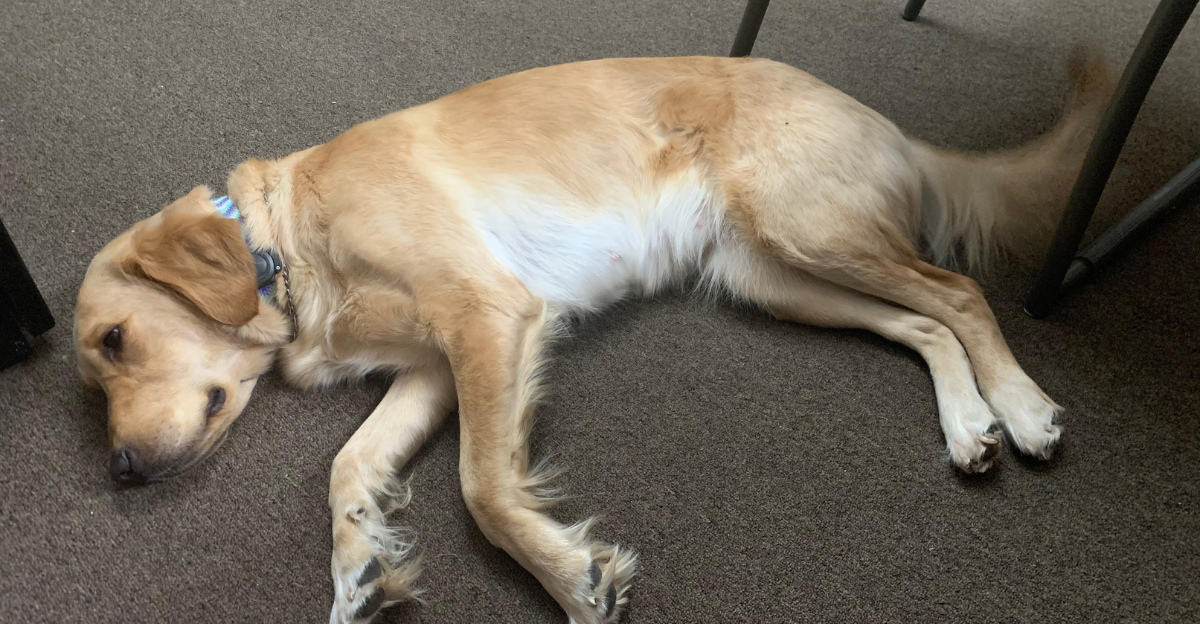
Habits can turn into health risks if germs contaminate your or your pet’s food. It’s time to be aware of early signs in pets, such as vomiting, diarrhea, lethargy, and loss of appetite. The danger doesn’t end with pets. Children, seniors, and those with weakened immune systems are especially vulnerable. E. coli can cause bloody diarrhea and kidney trouble. Salmonella brings fever, cramps, and nausea. These may seem like simple symptoms, but they’re your body’s urgent warnings about contaminated pet food that could seriously endanger you and everyone in the household.
Steps to Take If You’ve Bought Darwin’s Products
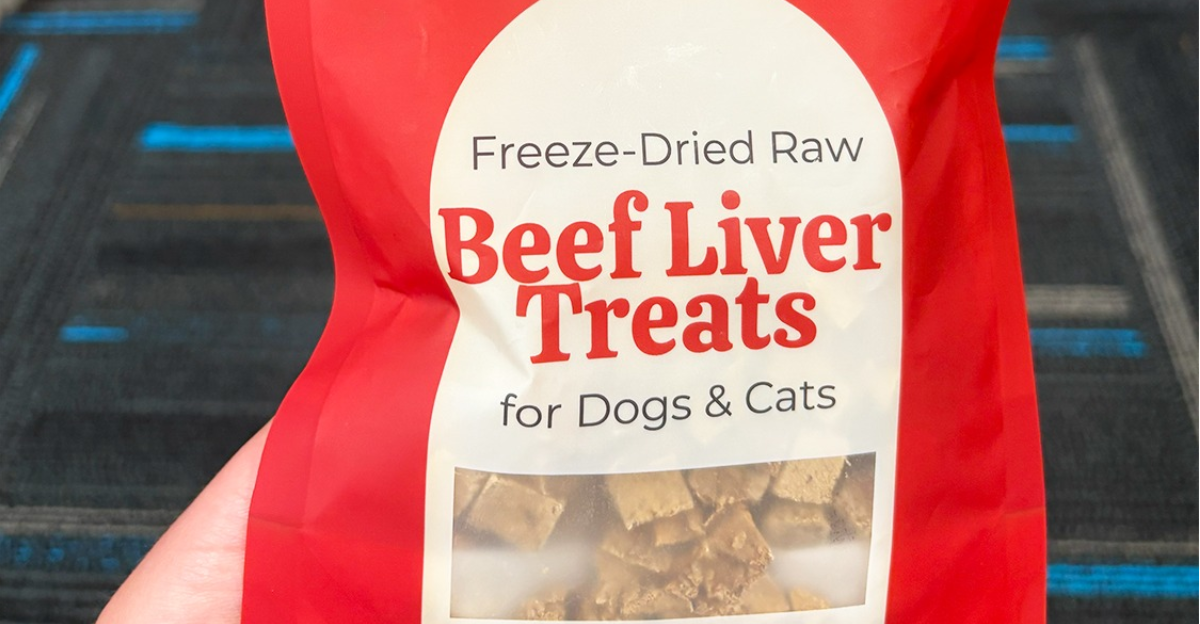
It’s time to check your freezer. Look for frozen beef, chicken, or duck formulas produced in May or June 2024, which are the batches flagged for dangerous bacteria. If you find any, don’t risk it: dispose of them safely and don’t feed them to your pet. Be sure to wash your hands thoroughly, especially if your pet has eaten the food. If you or your furry friend start feeling unwell—think vomiting, fever, or low energy—don’t wait. Call your doctor or vet. Catching it early could spare you both a much tougher journey ahead.
Mounting Calls for Stronger Oversight in the Pet Food Industry
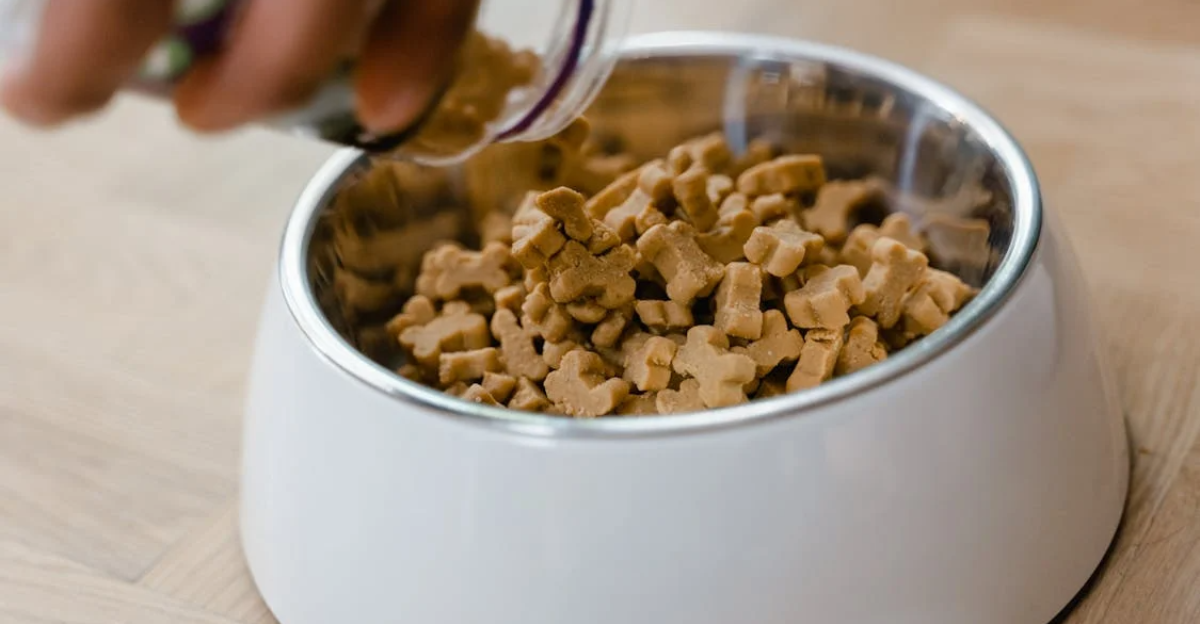
Experts say it’s time for real change. The bowl may look harmless, but recent outbreaks are prompting the FDA and watchdog groups to push for stricter regulations on what goes into it. They’re calling for tougher oversight, rigorous testing, and mandatory recalls. These are wake-up calls meant to fix a system that’s putting lives at risk, not just polite suggestions. Because when safety fails, it’s not just pets at risk, but families too. What we feed our animals shouldn’t bring hidden dangers, and the systems meant to protect us need to act immediately. Lives depend on it.